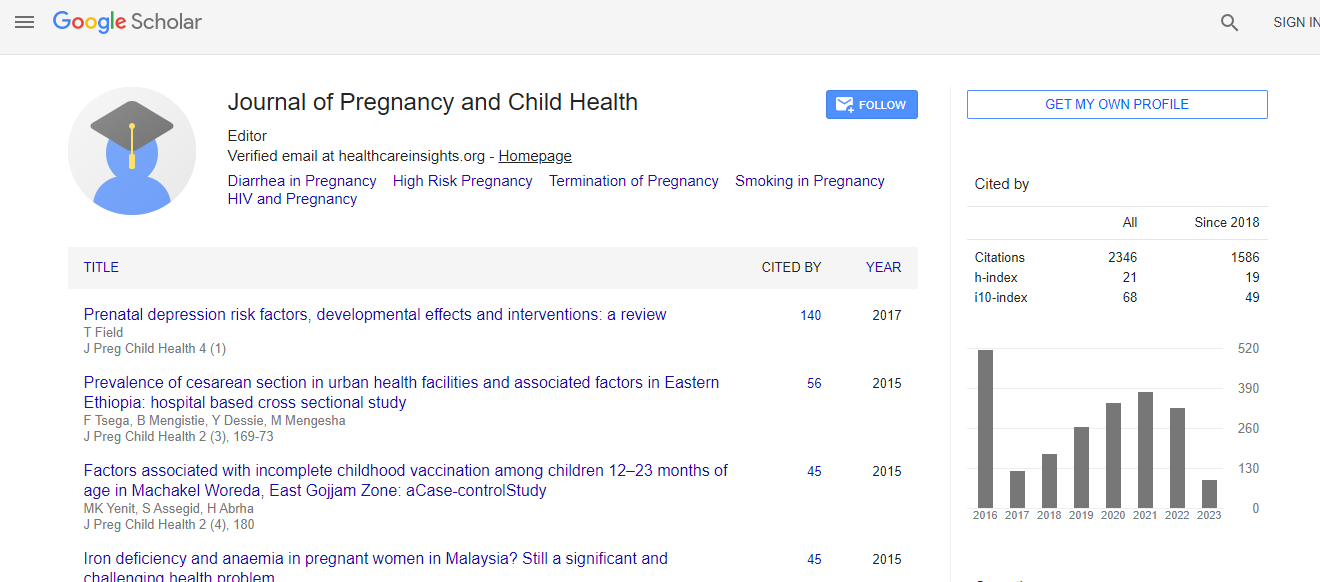Research Article
Assessment of a Comprehensive New-Born Survival Programme in 14 Districts in the Northern and Upper East Regions of Ghana
Samuel Bosomprah1*, Hari Banskota2, Clemens Gros2, Maria Levi Anna2, Victor Ngongalah2 and Timothee Gandaho3
1Department of Biostatistics, School of Public Health, University of Ghana, Legon, Accra, Ghana
2Health and Nutrition Department, UNICEF Ghana Office, Accra, Ghana
3Chief of Party, AIRS Madagascar PMI/USAID project, Antananarivo, Madagascar, Ghana
- *Corresponding Author:
- Samuel Bosomprah
Department of Biostatistics
School of Public Health
University of Ghana, Ghana
Tel: 233-28-910-9016
Fax: 233-28-910-9000
E-mail: sbosomprah@ug.edu.gh
Received Date: July 02, 2016; Accepted Date: July 20, 2016; Published Date: July 26, 2016
Citation: Bosomprah S, Banskota H, Gros C, Anna ML, Ngongalah V, et al. (2016) Assessment of a Comprehensive New-Born Survival Programme in 14 Districts in the Northern and Upper East Regions of Ghana. J Preg Child Health 3:270. doi:10.4172/2376-127X.1000270
Copyright: © 2016 Bosomprah S, et al. This is an open-access article distributed under the terms of the Creative Commons Attribution License, which permits unrestricted use, distribution, and reproduction in any medium, provided the original author and source are credited.
Abstract
Objective: The aim is to ascertain the effectiveness of a package of evidence-based neonatal survival interventions focusing on Home-Based Postnatal Care and Facility-Based Integrated Management of New-born and Childhood Illnesses models on reduction in neonatal mortality rate in Northern and Upper East regions of Ghana. Method: The assessment employed a mixed method design. Baseline and end line neonatal mortality rates were estimated using the 2011 Multiple Indicator Cluster Survey and the 2014 Ghana Demographic and Health Surveys respectively, which used similar designs and analytical methods. The qualitative component consisted of in-depth interviews with key national decision-makers, donor partners, sub-national authorities and service providers, and focus group discussions with mothers or caregivers drawn from project communities. Results: Over the period of project implementation, the neonatal mortality rate decreased from 39 deaths per 1,000 live births in 2011 to 24 deaths per 1,000 live births in 2014 in Northern region (P-value=0.01) and from 34 deaths per 1,000 live births in 2011 to 24 deaths per 1,000 live births in 2014 in Upper East region (P-value=0.049). Conclusion: The home-based postnatal new-born care and the facility-based neonatal care models have been effective in contributing to improved new-born survival in the two project regions.

 Spanish
Spanish  Chinese
Chinese  Russian
Russian  German
German  French
French  Japanese
Japanese  Portuguese
Portuguese  Hindi
Hindi 
